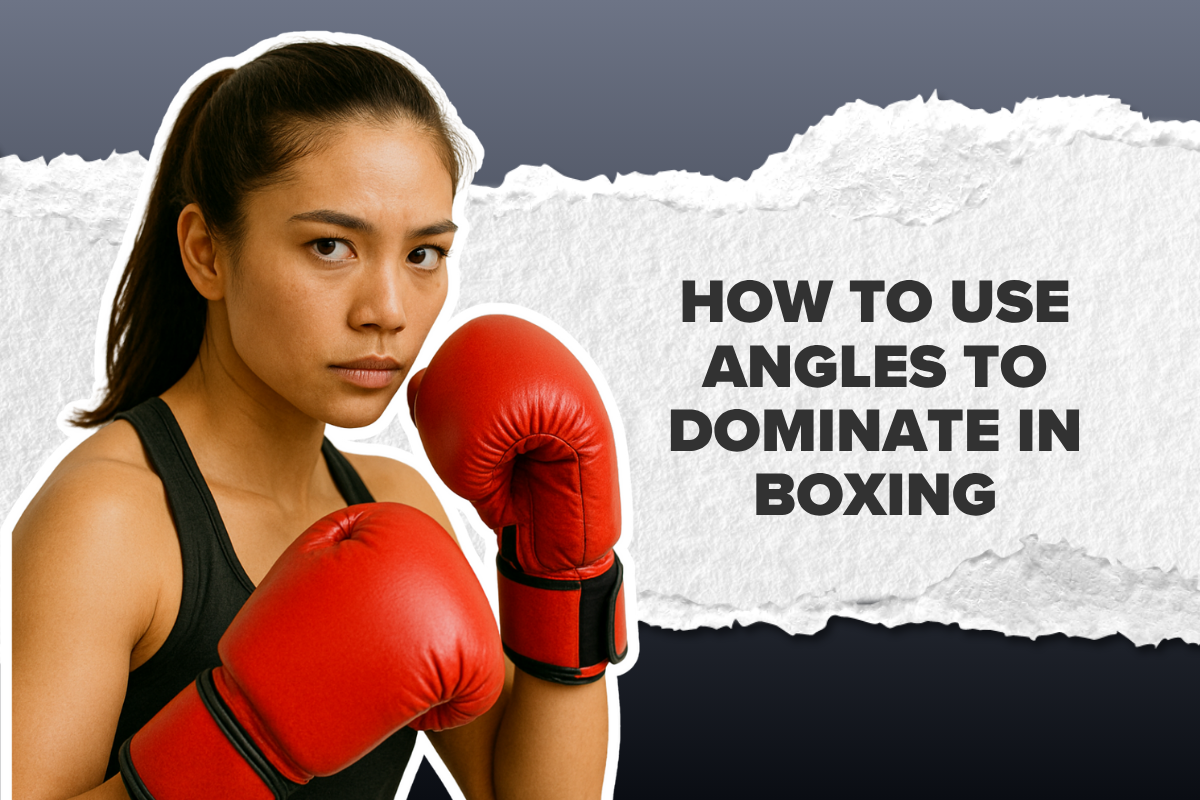Boxing gloves can make or break your training experience. Too loose and your hands move inside them (risking injury). Too tight and you can’t punch freely or wrap properly. For women especially, choosing gloves that fit your hand size, body type, and training style is key to comfort, safety, and performance.
Here’s how to pick gloves that work for you.
1. Understand Glove “Weight” & Padding (Ounces)
Boxing gloves are usually measured in ounces (oz). That number refers to the glove’s weight, which correlates with how much padding it has. More ounces generally mean more padding, but also more bulk and slightly slower speed.
Some guidelines for glove weights:
-
Lighter gloves (8–10 oz): Often used in competition or by smaller-framed fighters.
-
Mid-range (12–14 oz): Great for general training, mitts, bag work, and some light sparring.
-
Heavier gloves (16 oz and above): Common in sparring, to protect both your hands and your partner.
Tip: If you’ll be doing both bag work and sparring, many women opt for two pairs—one lighter for bags/mitts, one heavier for sparring.
2. Fit & Hand Size Are Crucial
Because women often have narrower hands and smaller wrists, gloves made specifically for women or with slimmer hand compartments help a lot. Generic men’s gloves sometimes feel too wide or loose in the fingers.
Here’s how to check fit:
-
Measure your hand (wraps on): Use a flexible tape around your knuckles (excluding thumb).
-
The glove should feel snug—but not painful—when your fingers are curled in a fist.
-
There shouldn’t be excessive extra space, especially in the fingertips or wrist area.
-
The glove should allow you to close your fist comfortably; if your fingers can’t curl or if it pinches, go larger.
3. Closure Type: Velcro vs. Lace-Up
Velcro / Hook-and-loop:
-
Easier to put on / take off by yourself.
-
Good wrist support if well designed (wide straps, secure closure).
-
More practical for training and daily use.
Lace-up:
-
Offers a tighter and more secure wrap, especially for wrist stability.
-
Harder to put on by yourself (you’ll usually need help).
-
Often preferred in competition or for serious sparring setups.
If you train alone or want convenience, Velcro is usually the better choice. If you have someone to lace for you and want maximum adjustability and support, lace-up can be ideal.
Many women’s gloves adopt clever Velcro systems to balance wrist support and convenience.
4. Padding Design & Layering
Not all gloves are padded the same. Some use multi-layer foam or gel inserts to help absorb impact while keeping the glove relatively light. Others use a single dense layer.
What to look for:
-
Knuckle protection: Enough cushioning to protect your knuckles when hitting bags or sparring.
-
Even padding distribution: Avoid gloves that feel “hard” in certain spots or too soft in others.
-
Dome shape or wrap padding style: Some gloves are pre-curved to make forming a fist easier.
-
Thumb and thumb attachment: A good thumb design reduces risk of thumb injuries or dislocation.
Many women’s glove lines specifically design the padding and interior shape for smaller hands and less bulk overall.
5. Wrist Support & Stability
Your wrists take a lot of force when you punch. A good glove must support the wrist.
Features to look for:
-
Wide wrist strap (or dual strap) that wraps firmly.
-
Secure closure system (Velcro or lace) that doesn’t slip.
-
Reinforced wrist area (some gloves use extra stiff materials there).
-
Internal support—some gloves include plastic or splint elements to prevent excessive bending.
A glove with poor wrist support can lead to sprains, strains, or worse over time.
6. Material & Durability
Common materials:
-
Genuine leather / cowhide / premium leather: More durable, pliable over time, better breathability, but more expensive.
-
Synthetic leather / PU / vinyl: Less expensive, lighter, but typically not as long-lasting.
If you plan to train frequently, investing in a leather glove (or high-quality synthetic) pays off. For casual or beginner use, synthetic can work well as an entry option.
7. Style, Color & Aesthetics (But Don’t Overlook Function)
Yes, color and design matter for confidence and brand identity, but never at the expense of fit, comfort, or protection. Prioritize function first. Many women’s glove lines now offer feminine colors, patterns, and fits without compromising safety or quality.
8. Maintenance & Lifespan
-
After use, air out your gloves—don’t leave them baked in your gym bag.
-
Use glove deodorizers or silica packs to absorb moisture.
-
Wipe down the inside with gentle disinfectant sprays.
-
Rotate gloves if possible (especially between bag and sparring gloves).
-
If the padding becomes severely compressed or the stitching unravels, it's time to replace them.
With good care, a decent pair of gloves can last 6–12 months or more depending on how often you train.
9. Checklist Before You Buy
-
Wrap your hands and try gloves on with wraps.
-
Make a fist comfortably—no pinching or awkward bends.
-
Test wrist support—shake your hand; it shouldn’t wobble.
-
Punch in front of a mirror to see if your knuckles align with glove knuckle zone.
-
Check thumb placement—don’t want excessive pressure on the thumb joint.
-
Move your wrist up/down and side to side—if it feels unstable, go sturdier.
-
Consider trying multiple sizes or models if your hands are between sizes.
Final Thoughts
Choosing boxing gloves for women isn’t just about picking something that looks pretty—it’s about finding gear that protects, performs, and fits your body. Prioritize fit, wrist support, padding, and your training goals over aesthetics, and you’ll find gloves that let you train harder and safer.
If you’re looking for glove options especially tailored for women, check out KO Studio—we design with female fighters in mind and would love to help you find the best glove fit for your journey.



